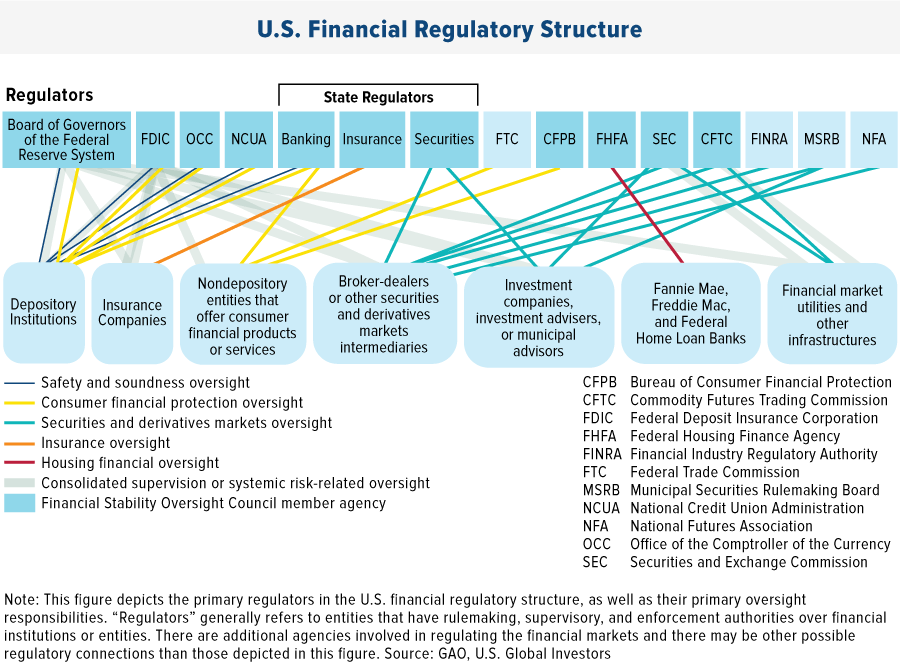
Demystifying Finance: A Deep Dive into Financial Regulations in the USA
Understanding the intricate landscape of finance in the USA requires a keen awareness of the robust regulatory framework that governs economic activities. Financial regulations play a pivotal role in maintaining stability, protecting consumers, and fostering fair practices within the financial sector. Let’s embark on a journey to unravel the complexities and significance of financial regulations in the USA.
The Foundation of Financial Regulations
Financial regulations in the USA serve as the bedrock for a well-functioning and transparent financial system. These regulations encompass a wide array of laws, rules, and guidelines established by federal and state authorities. The primary goal is to create an environment that promotes financial stability, protects investors, and ensures the integrity of financial markets.
Key Regulatory Bodies: Guardians of the Financial System
Several regulatory bodies hold the responsibility of overseeing different aspects of the financial system. The U.S. Securities and Exchange Commission (SEC) regulates securities markets, the Federal Reserve oversees monetary policy and banking institutions, and the Consumer Financial Protection Bureau (CFPB) focuses on consumer protection in financial transactions. Each regulatory body plays a distinct role in maintaining the overall health of the financial landscape.
Market Regulations: Safeguarding Investors
Market regulations are designed to ensure fair and transparent practices within financial markets. The SEC, for instance, enforces rules that protect investors by requiring companies to disclose relevant information. These regulations aim to prevent market manipulation, insider trading, and other activities that could compromise the integrity of financial markets.
Banking Regulations: Ensuring Stability and Integrity
The stability of the banking sector is paramount to the overall health of the economy. Banking regulations, overseen by the Federal Reserve and other regulatory bodies, set standards for capital adequacy, risk management, and operational integrity. These regulations aim to prevent systemic risks and maintain the public’s confidence in the banking system.
Consumer Protection: Safeguarding the Public
Financial regulations in the USA extend to protecting consumers in their financial transactions. The CFPB, for example, enforces rules that ensure fair lending practices, transparency in financial products, and protection against deceptive practices. Consumer protection regulations contribute to building trust and confidence in the financial services industry.
Anti-Money Laundering (AML) and Know Your Customer (KYC) Regulations
To combat financial crimes such as money laundering and terrorist financing, the USA has stringent AML and KYC regulations. Financial institutions are required to implement robust procedures to verify the identity of their customers and report suspicious activities. These regulations contribute to the global effort to maintain the integrity of the financial system.
Fintech and Innovation: Adapting to Changing Landscapes
The rise of financial technology (fintech) introduces new dynamics to the financial sector. Regulatory bodies are adapting to these changes by developing frameworks that encourage innovation while maintaining necessary safeguards. Striking the right balance between fostering innovation and mitigating risks is an ongoing challenge for financial regulators.
Global Coordination: Addressing Cross-Border Challenges
In an interconnected world, global coordination is essential in addressing cross-border challenges in finance. The USA actively participates in international efforts to set standards and coordinate regulatory practices. Collaborative initiatives enhance the effectiveness of financial regulations, especially in areas such as banking supervision and combating financial crimes.
Emerging Trends: Regulatory Responses to Evolving Risks
As the financial landscape evolves, regulatory responses must keep pace with emerging risks. Cybersecurity threats, climate-related financial risks, and the growing influence of digital assets are among the challenges that regulators are actively addressing. Regulatory agility is crucial to effectively navigate the ever-changing dynamics of the financial industry.
Compliance and Enforcement: Upholding Regulatory Standards
Ensuring compliance with financial regulations is a shared responsibility among financial institutions, market participants, and regulatory bodies. Rigorous enforcement mechanisms, including fines and sanctions, are in place to deter misconduct and maintain the credibility of the regulatory framework. Compliance with regulations is not only a legal requirement but also a fundamental aspect of responsible financial governance.
To delve deeper into the intricacies of Financial Regulations in the USA and their profound impact on the financial landscape, visit www.cleverscale.com. Explore insights into regulatory frameworks, stay informed about evolving standards, and understand how financial regulations shape the stability and integrity of the nation’s financial system.



